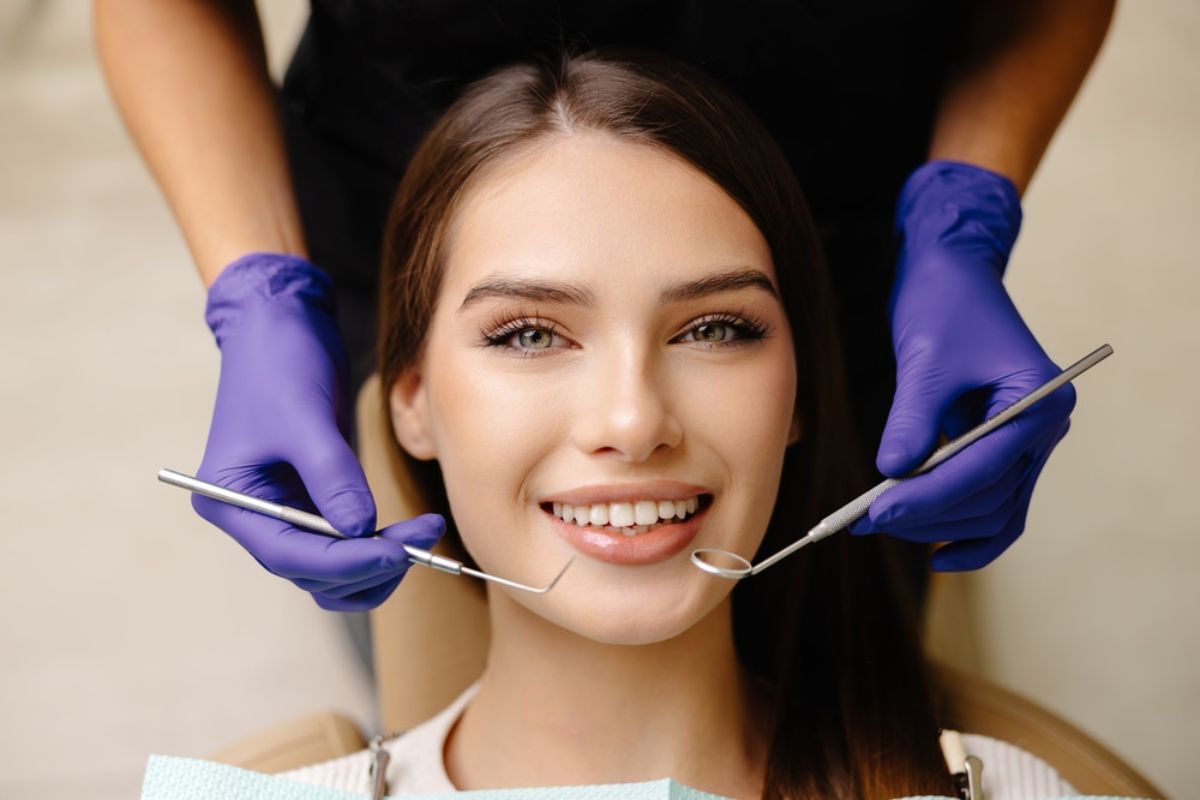6 Tips For Reducing Dental Anxiety For Children And Adults

Feeling anxious about visiting the dentist is common, but you can help alleviate this feeling for both children and adults. Dental anxiety can stem from fear of pain, unfamiliar tools, or past experiences. Addressing these fears is crucial for maintaining oral health. An Attleborough dentist emphasizes the importance of creating a calm and supportive environment for dental visits. By understanding and addressing the root causes of anxiety, you and your loved ones can develop a positive relationship with dental care. Implementing effective strategies can transform these experiences into manageable, even pleasant, ones. Focusing on communication, preparation, and relaxation can ease worries and encourage regular dental visits. In this blog, you will find six practical tips designed to help reduce dental anxiety. These tips are straightforward and rooted in empathy to ensure everyone feels comfortable and confident. Follow along to discover how simple changes can make dental visits a breeze.
1. Communicate Openly
Open communication with your dentist is essential. Share your fears and concerns before the appointment. Dentists trained in managing anxiety will adjust their approach to meet your needs. Explaining procedures in simple terms can demystify the process. For children, using storytelling can make the visit less intimidating.
2. Choose the Right Timing
Schedule appointments at a time when you or your child feel most relaxed. Avoid booking visits during stressful periods. Morning appointments work well as the day’s stressors haven’t set in. Setting aside enough time can prevent feeling rushed and anxious.
3. Practice Relaxation Techniques
Using relaxation techniques can significantly reduce anxiety. Deep breathing, meditation, and visualization exercises are effective. These techniques keep you calm during the appointment. Practice them with your child to make them familiar with these methods.
4. Bring a Comfort Item
Holding a favorite toy or blanket can comfort children. Adults might benefit from listening to soothing music through headphones. Familiar items provide a sense of security and familiarity.
5. Implement Gradual Exposure
Gradually exposing yourself or your child to the dental setting can reduce fear. Start with short visits to get familiar with the environment. Familiarity can lessen anxiety over time.
6. Positive Reinforcement
Reward positive behavior after the visit. A small treat or praise can reinforce a successful visit. Over time, this encourages a positive association with dental care.
Understanding Dental Anxiety: A Data Perspective
Let’s consider the prevalence of dental anxiety among different age groups based on a study by the National Institute of Dental and Craniofacial Research. This table presents data that highlights how widespread dental anxiety is and emphasizes the importance of addressing it.
| Age Group | Percentage with Dental Anxiety |
|---|---|
| Children (6-12 years) | 20% |
| Teens (13-18 years) | 15% |
| Adults (19-59 years) | 25% |
| Seniors (60+ years) | 10% |
Conclusion
Dental anxiety affects many people, but it doesn’t have to control your experience. By using these tips, you can significantly reduce anxiety for yourself and your loved ones. Open communication, strategic planning, and relaxation practices are key. Always remember to choose a dentist who understands these needs and can provide a supportive environment. Empower yourself with these strategies to make dental visits a manageable and positive experience for the whole family.





